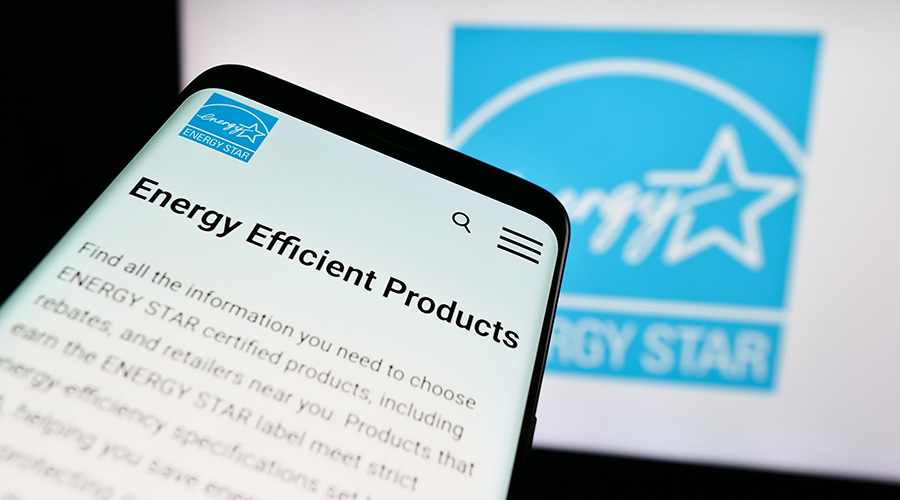Training Staff, Occupants to Reach Sustainability Goals
First of a 3-part article exploring what is needed beyond technology to achieve high-performance buildings
Congratulations, you’ve just achieved LEED certification for your high-performance green building which includes a new photovoltaic system, a green roof, and state-of-the-art advanced metering, all of which is supported by the latest computerized maintenance management system. Your new building also boasts a sophisticated new building automation system that has the smartest building infrastructure in the entire metropolitan area, bringing in millions of data points per day, and is supported by a futuristic network operations center. You can declare victory!
Then the phone rings. It’s your CFO asking you to brief the executive team on the latest savings attributed to all of the investments you’ve been talking about for the past two years during design and construction. Everyone in the organization (including your stakeholders) has been anticipating that the savings would be achieved by now.
Your gut response is that they just don’t understand. As the champion, sponsor, and visionary for the improvements, you know these things take time. The question is, how long and when?
You knew that when you set out on this journey to invest in a high-performance smart building, it was going to require the entire organization, including occupants, to ensure that the savings were achieved. But let’s face it. It’s your job. You’re the one who’s expected to find the efficiency and savings that will bring the organization to the head of the class. So what does a smart facilities leader need to do to make a smart, high-performance, sustainable asset meet and exceed expectations?
All About the Building?
So it’s all about the building, right? Wrong. If you are looking for optimal results, you need to invest in the people. Not just the occupants in the building, but those who manage, operate, and maintain it. While technologies are designed to automate and improve the processes needed to operate these high-performance smart buildings, it still takes improved skill sets and a new performance standard to drive the savings. Remember, connecting is merely the first piece of the puzzle.
The larger challenge is how to get the facilities team to manage the facility using a different model (or as some experts like to call it, “propagating new norms”) and setting the expectation that leveraging these systems will enable greater cost savings, specifically around the labor costs of the operation. This expectation has some industry experts assuming that these smarter, high-performance assets will eventually put people out of jobs. Simply put, that’s nonsense. Our industry has seen technology evolve and be incorporated to a tremendous degree, and today more than ever, these technologies need expert facility managers to oversee, manage, and optimize them.
Many real estate and facilities management organizations make assumptions that a LEED-certified, high-performance smart building is a mere technology upgrade that will deliver sustainability goals while reducing the total cost of operations. Too often there is an expectation that if we connect, automate, and integrate our systems, we will quickly achieve savings. This is a fundamental misunderstanding of where these savings come from. Connecting your building is merely one piece of the success puzzle. What often gets left out of these smart building plans is the entire change management strategy that is required to deliver the operational savings these technologies have the potential to produce. Without a change management strategy that incorporates investing in people, your building won’t achieve the results you expected. These investments must enlist occupants, motivate the facilities team, and engage upper managers.
Related Topics:














